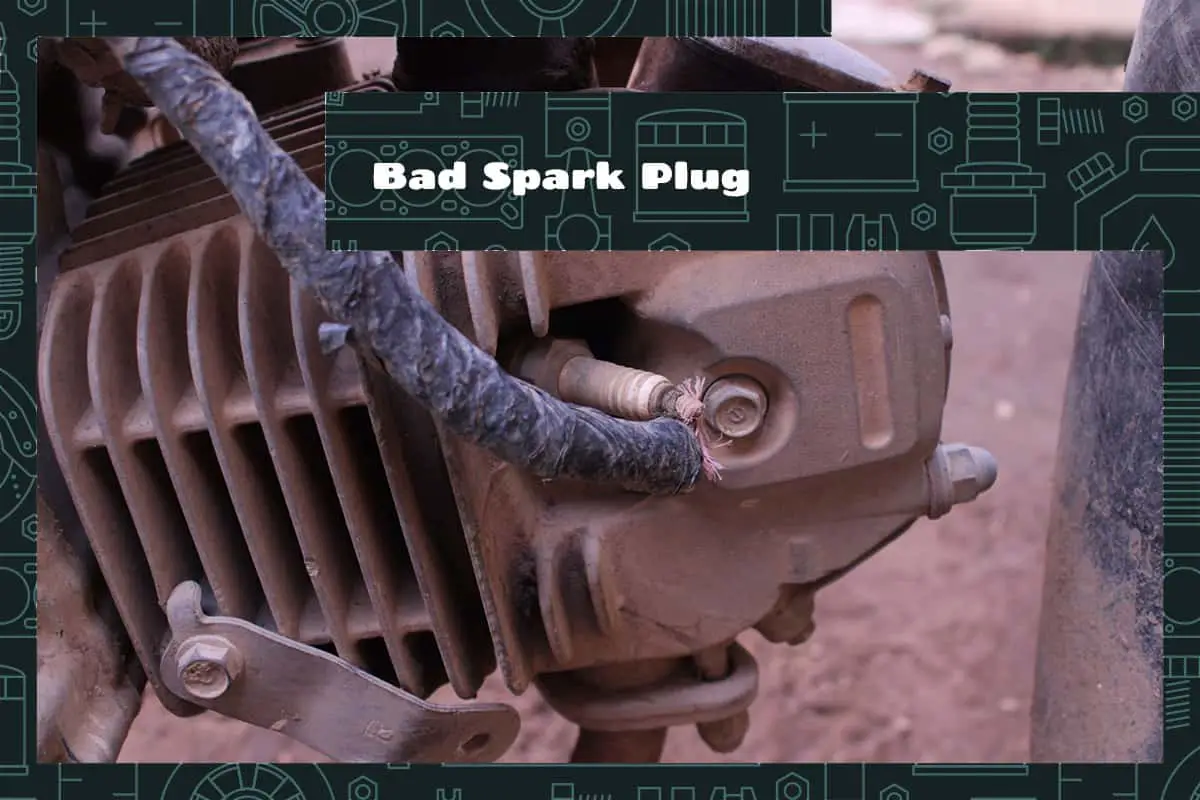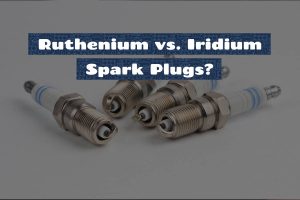A spark plug is a little but mighty component of your car’s engine. It helps kickstart the engine and keeps it running smoothly by igniting a mix of air and fuel. But like other parts, spark plugs can go bad, leading to various engine problems.
Some signs of a bad spark plug include:
- Engine misfires, where the engine runs unevenly or ‘misses’ its firing sequence
- Poor fuel economy, meaning your car uses more gas than usual
- Difficulty starting the car, especially in cold weather
- Lackluster acceleration, or when your car struggles to speed up
In this article, we’ll dive deeper into the world of spark plugs. We’ll discuss how to spot and diagnose a bad spark plug, what causes spark plug failure, and how to solve and prevent these issues.
The Anatomy of a Spark Plug
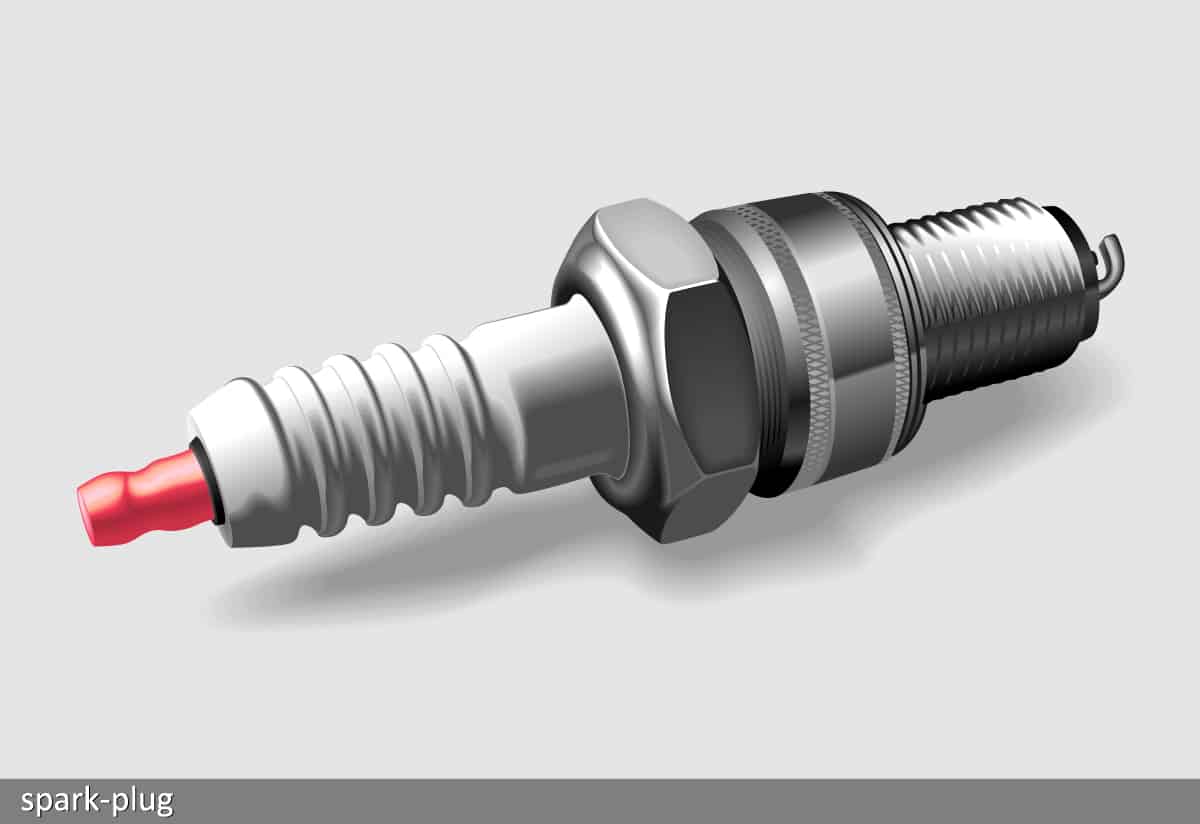
Spark plugs are made up of several components, each doing a unique job. The center electrode conducts electricity, jumping the gap to the ground electrode. This jump creates the spark that ignites fuel in your engine. The insulator stops the electricity from going anywhere else. These parts are often made of sturdy materials like copper, platinum, or iridium.
There are different types of spark plugs, including copper, platinum, and iridium plugs. Copper plugs are cheaper and good for older cars. Platinum and iridium plugs last longer and are better for modern engines. Knowing the right type for your car is essential for its performance.
Symptoms of a Bad Spark Plug
Your car gives signs when its spark plug is bad or failing. Here are some signs to look out for:
1. Engine misfires and unstable idling
When the spark plug doesn’t work properly, it can cause the engine to misfire. That means the engine skips one of the steps in its cycle. When idling—that’s when your car is running but you’re not moving—your car may shake more than usual, or the engine might make uneven sounds. This happens because the spark plug isn’t sparking when it should, and it messes up the engine’s rhythm.
2. Reduced fuel economy
A healthy spark plug helps your engine burn fuel efficiently. A bad spark plug doesn’t ignite the fuel-air mix in your engine properly, so your car uses up more fuel. If you find that you’re filling your gas tank more often than usual, a bad spark plug might be the culprit.
3. Difficulty starting your vehicle
A car that’s hard to start, especially in cold weather, could have a bad spark plug. The spark plug needs to create a strong enough spark to ignite the fuel and air mixture in the engine. If the spark is weak or doesn’t happen at all, it can make starting your car a challenge. This could also damage the car’s battery and starter motor over time.
4. Poor acceleration
When you step on the gas pedal, you expect your car to speed up smoothly. But if your spark plug is bad, your car might struggle to pick up speed, or it might not go as fast as it should, even when you push the pedal down hard. This is because the spark plug isn’t igniting the fuel-air mix in the engine properly.
Causes of Spark Plug Failure
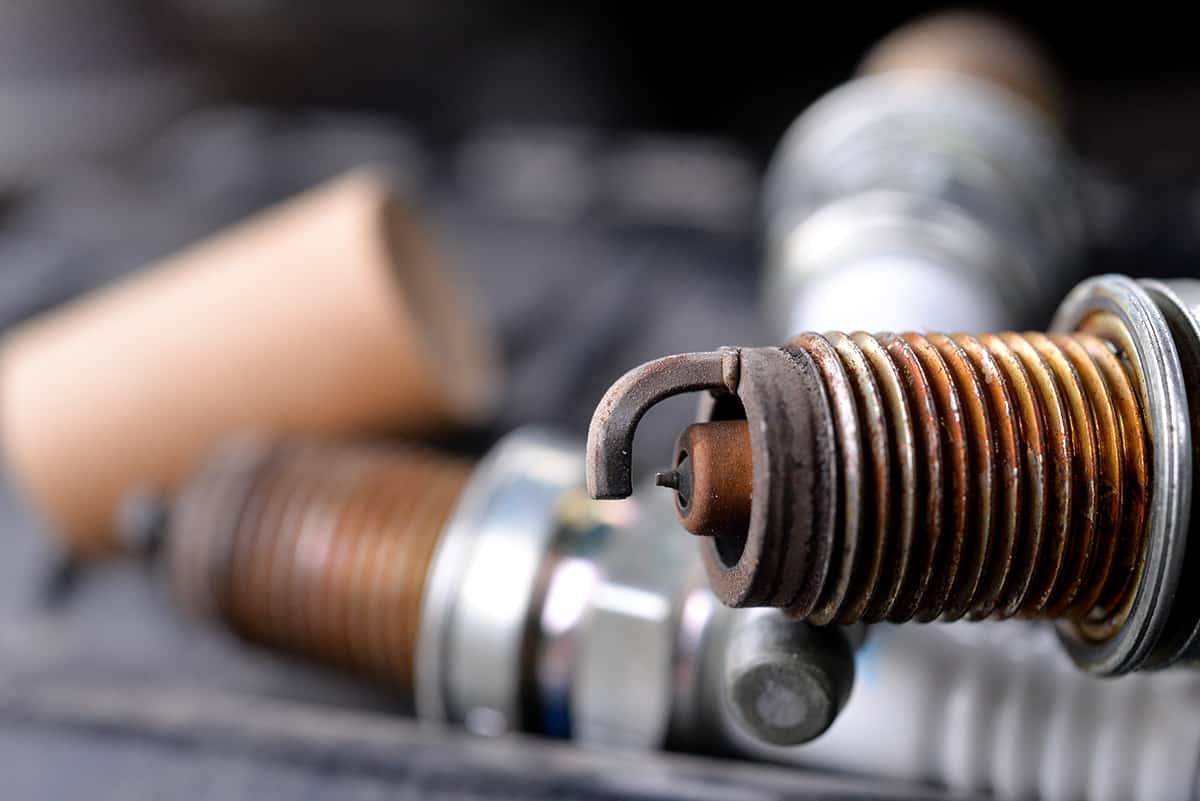
Spark plugs can eventually wear out and stop working properly. But there are also other reasons why a spark plug might fail.
1. Normal wear and tear
Spark plugs have a tough job. Each time the spark jumps from the center electrode to the ground electrode, a tiny bit of material gets worn away. Over time, the electrodes on the spark plug can wear down so much that the gap becomes too large for the spark to jump across. That’s when the spark plug fails.
2. Oil or carbon deposits
When there’s too much oil or carbon buildup, it can prevent the spark from jumping across the electrodes. These deposits can come from using low-quality oil, a leaky engine part, or a problem with the engine’s oil control system.
3. Incorrect spark plug gap
The gap between the center and ground electrodes of a spark plug needs to be just right for the spark to jump across. If the gap is too small, the spark will be weak. If the gap is too large, the spark might not happen at all.
4. Use of low-quality fuel
The fuel you put in your car can also affect your spark plugs. Low-quality fuel doesn’t burn as cleanly as high-quality fuel. This can leave deposits on the spark plug, like soot in a fireplace. These deposits can build up and prevent the spark from happening.
Solutions for Bad Spark Plugs
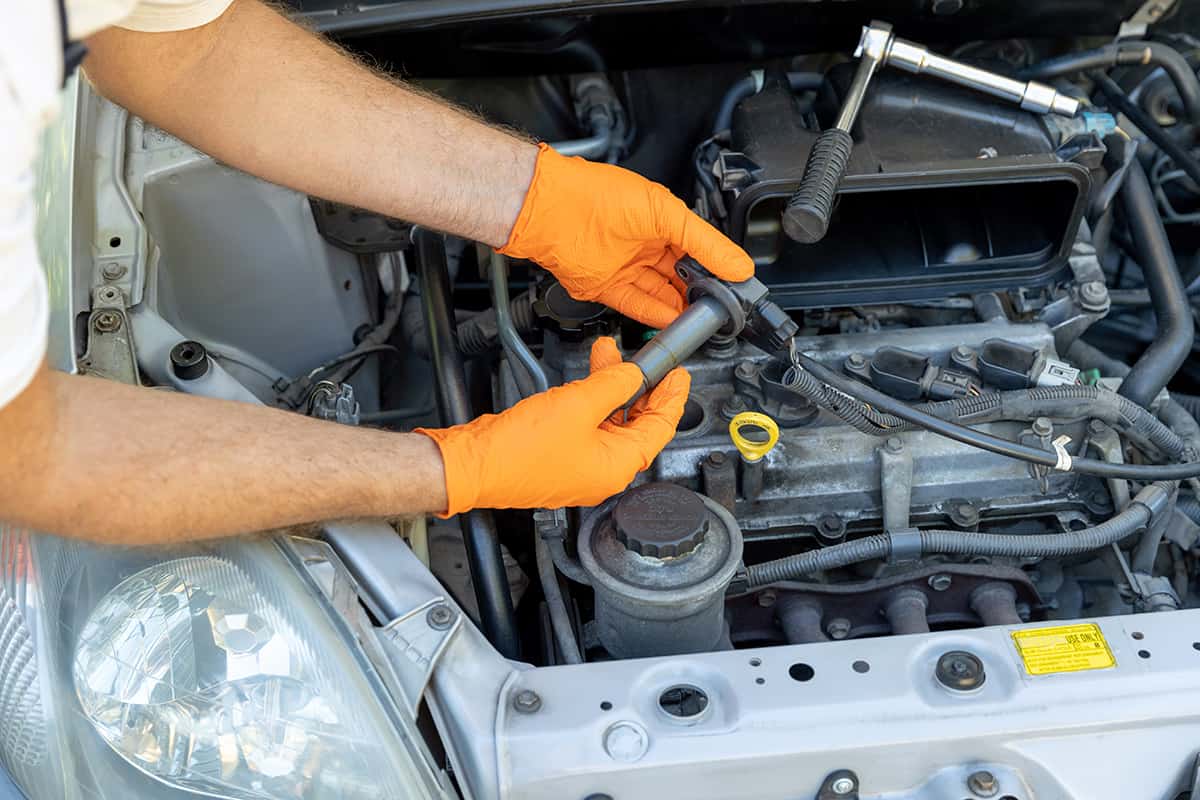
When you have a bad spark plug, you should take action quickly to prevent other problems with your car. Here are some solutions:
When to replace the spark plug
Generally, spark plugs should be replaced every 30,000 to 150,000 miles, but this can vary depending on the type of spark plug and your car’s make and model. Check your car’s manual to see what it recommends.
If you notice signs of a bad spark plug, like engine misfires, poor fuel economy, difficulty starting your vehicle, or poor acceleration, it might be time to replace your spark plugs sooner.
How to replace a bad spark plug
Replacing spark plugs is something many people can do themselves with the right tools and knowledge. Here’s a step-by-step guide:
- Gather your tools: You’ll need a spark plug socket, a socket wrench, a socket extension, a gap gauge, and your new spark plugs.
- Find the spark plugs: Open the hood of your car and locate the spark plugs. They’re usually on top of the engine and have wires attached to them.
- Remove the spark plug wires: Carefully pull the wires off the spark plugs. It’s a good idea to replace one spark plug at a time to avoid mixing up the wires.
- Remove the old spark plug: Put the spark plug socket on your socket wrench, fit it over the spark plug, and turn the wrench counterclockwise to loosen and remove the spark plug.
- Check the gap on the new spark plug: Use the gap gauge to make sure the gap between the electrodes on the new spark plug is correct. If it’s not, you can adjust it using the gauge.
- Install the new spark plug: Put the new spark plug in the spark plug socket, then carefully screw it into the engine by turning your socket wrench clockwise. Be careful not to overtighten it.
- Reattach the spark plug wire: Push the wire back onto the spark plug until it clicks into place.
Repeat for the other spark plugs.
If you’re not comfortable doing it yourself, it’s always a good idea to take your car to a professional mechanic. They have the tools and knowledge to change your spark plugs correctly and safely.
FAQs
1. How do I know if my spark plugs need changing?
There are several signs to look out for. You might notice your engine misfiring or your car might idle unevenly, shaking more than usual. If your car is using up more gas than normal, that could also be a sign. Difficulty starting your car or poor acceleration can be other indicators.
To make matters even more confusing, these issues could also be caused by other car problems like loose parts, low gas levels, and transmission problems.
3. Can bad spark plugs cause a check engine light?
Yes, bad spark plugs can cause your check engine light to come on. If your spark plugs aren’t working properly, it can mess up the engine’s performance, and that can trigger the check engine light.
A faulty oxygen sensor or even a loose gas cap can trigger this warning light to turn on. So, do your due diligence and get your car inspected before doing anything rash.
